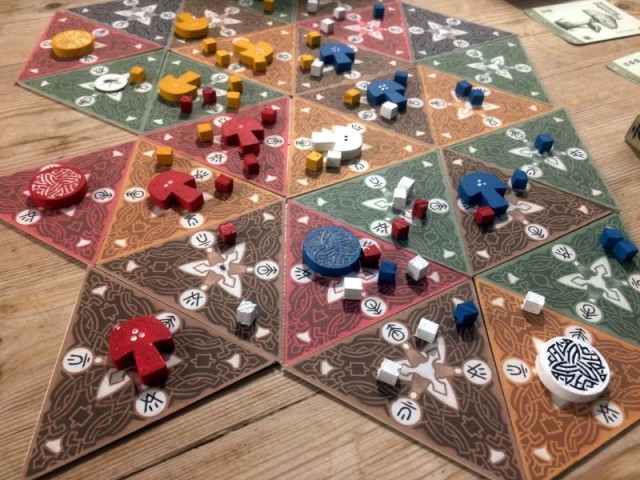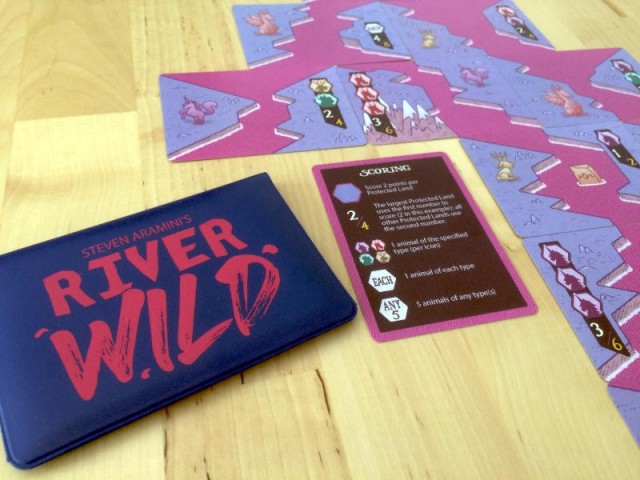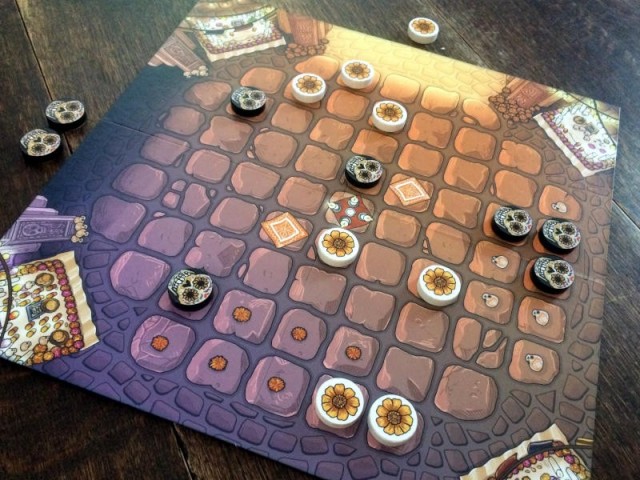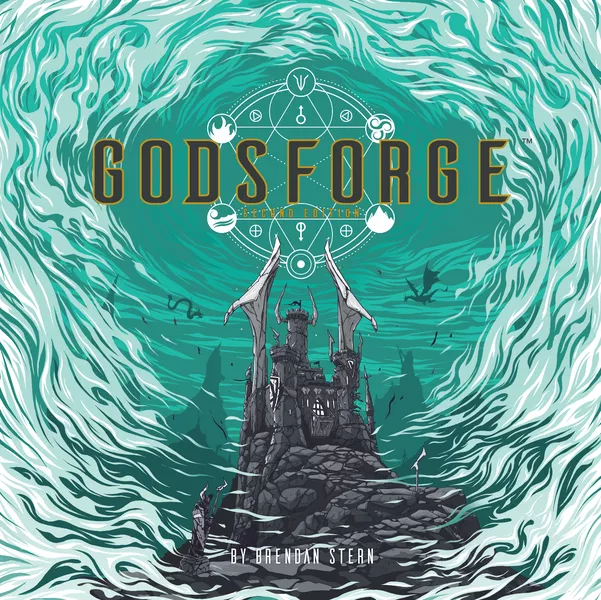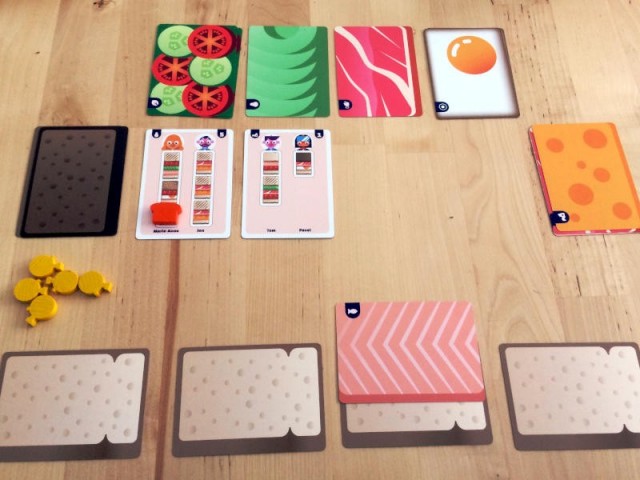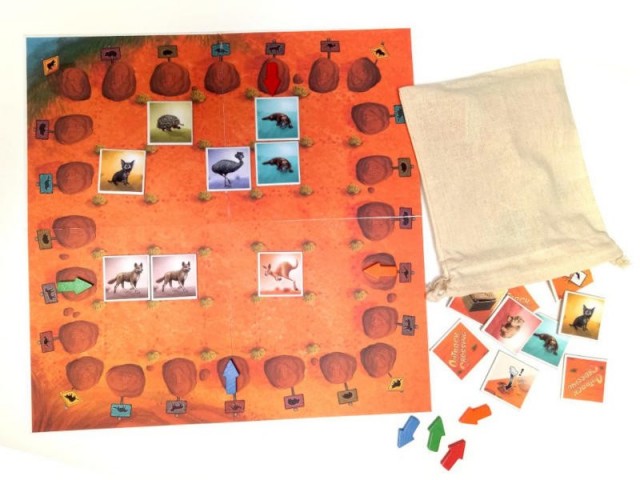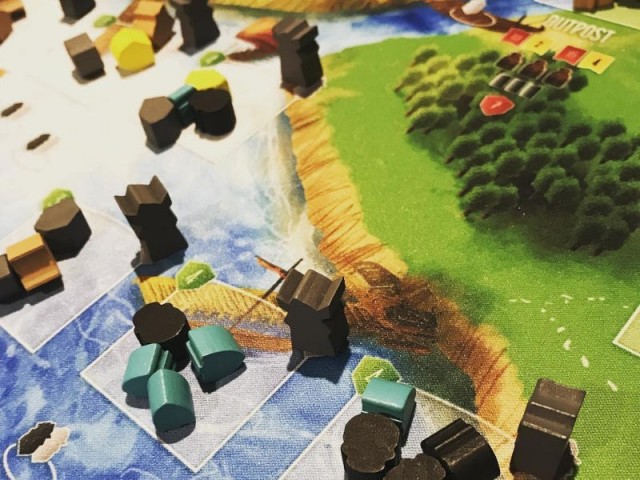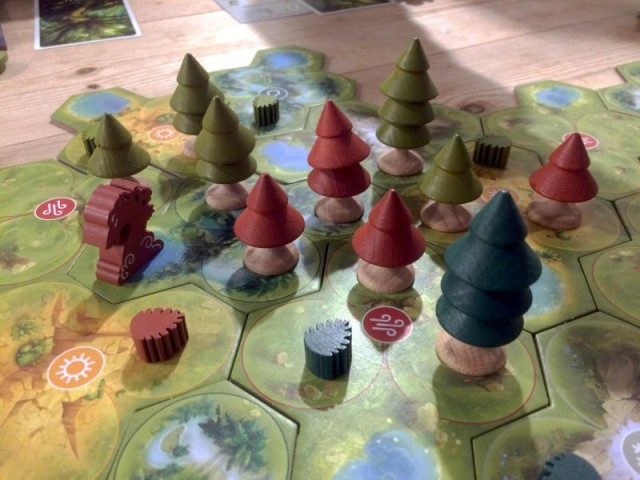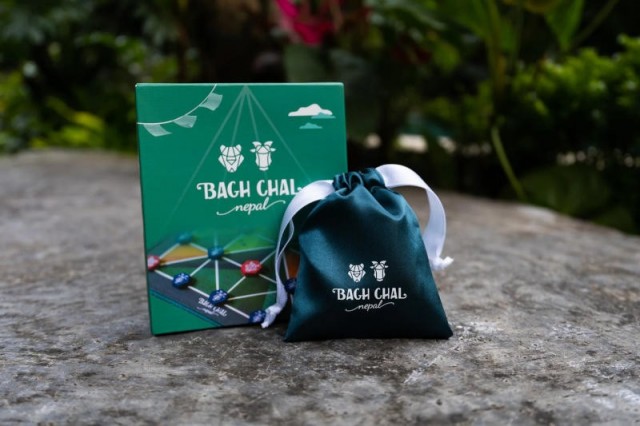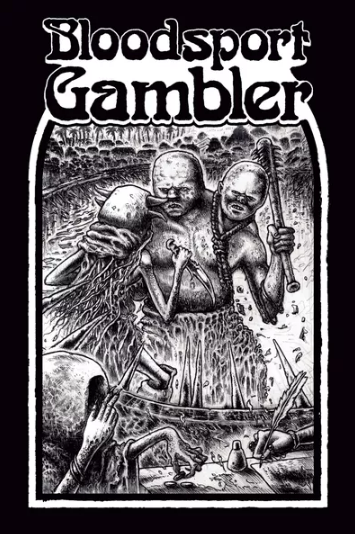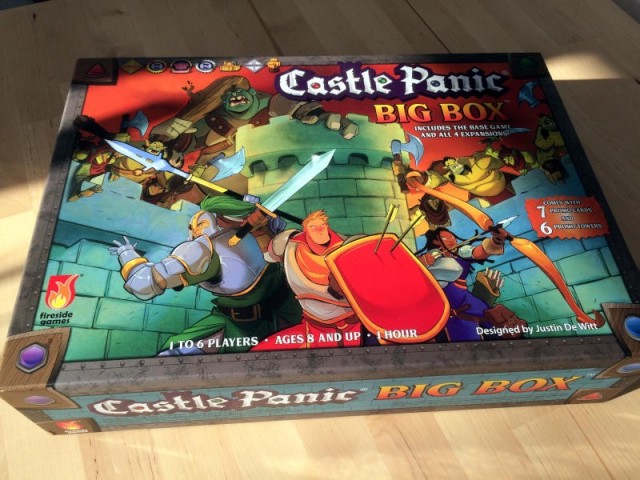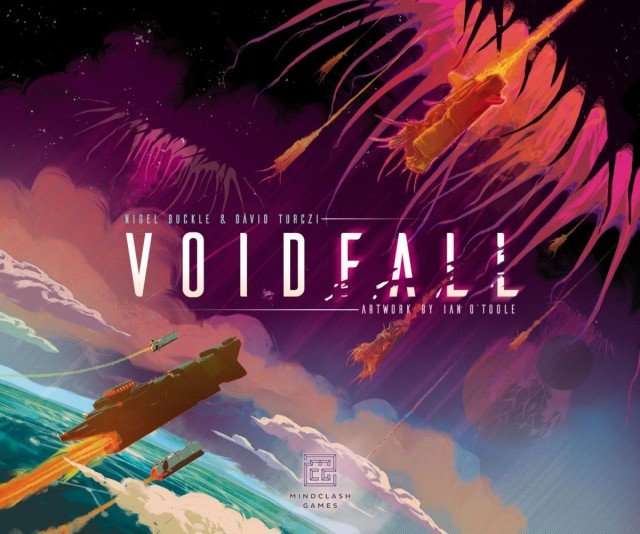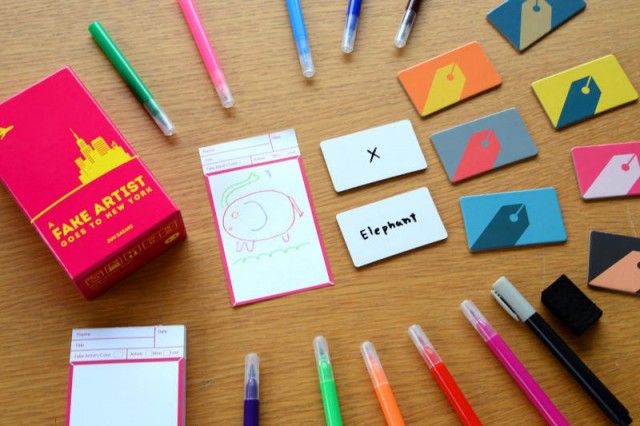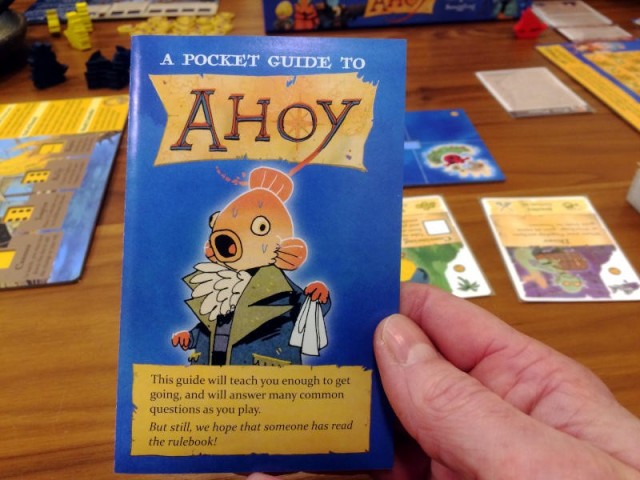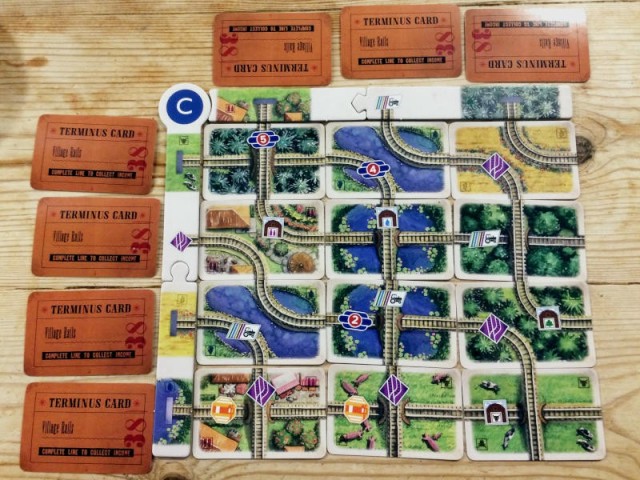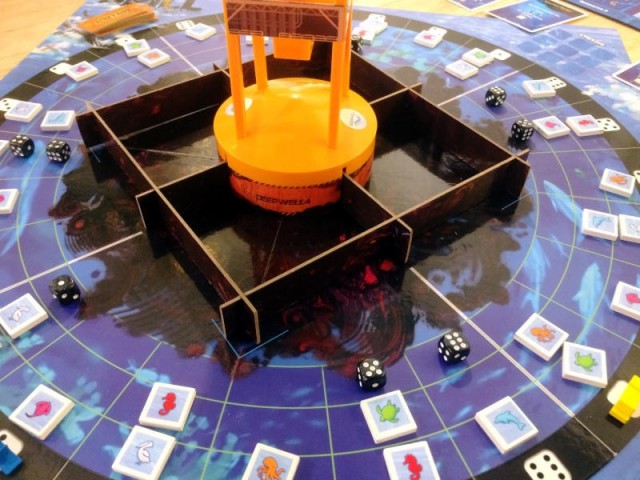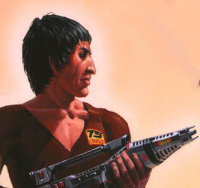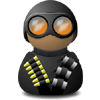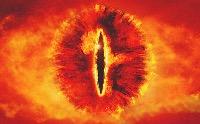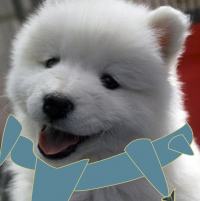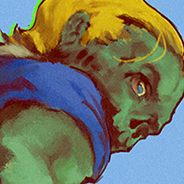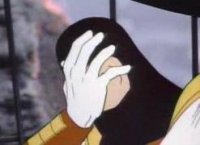Spoiler: IT'S A KIDS' GAME FOR KIDS.
To be honest, I don’t have that much nostalgia for Heroquest and although I had a friend that was absolutely obsessed with it to the point where he had a notebook full of homebrew rules and campaign material for it, I didn’t actually play it all that much – I was much more of a Space Hulker back in those days. The seminal Stephen Baker dungeoncrawler wasn’t one of the first attempts at condensing RPG gaming concepts into a board game (we’re going back to things like Sorceror’s Cave and of course Dungeon! for that) but it was the first game that brought a “DM-driven” concept to a mainstream design. Co-produced by Milton Bradley and Games Workshop, there’s a lot of folks out there with fond memories of playing it in their formative years and in fact many contemporary games in this genre feel like attempts to simulate Heroquest.
Again, with full disclosure here, I thought it was kind of boring and simplistic. I wasn’t overly stoked by its reappearance as a crowdfunded Hasbro Plus campaign under the venerable Avalon Hill imprint and didn’t back it- I felt like it was grossly overpriced and positioned outside of the accessibility that was one of its greatest assets. I thought I’d ask for a review copy to sort of check in with it from a new perspective and really to see how my kids would take to it. The folks at the Hasbro press desk never responded directly but then I got a shipping notice out of nowhere and suddenly I had it in hand.
After several games- a couple solo using the app and around half a campaign with my kids and a rotating group of their friends- I’m prepared to state that Heroquest is most definitelynot the greatest dungeoncrawl of all time and I do think that the hushed whispers of admiration and middle-aged nods of fond reminiscence are nostalgic exaggerations. However, there are some things about this design are striking – and, unfortunately, they are the things that the cloners have largely left behind.
The primary element left behind its utter simplicity. This is not a game rife with fancy mechanisms, cleverness, elegance, or sophistication. In fact, It’s what I call with all the fondness I can muster a “stupid” game. Stupid like Ramones- back to basics, poppy, and without pretense. You roll dice to move, maybe you open a door and reveal a new room, and if there’s a monster you fight them. Or if there aren’t any adversaries for a secret door, treasure or traps. The combat is the beloved skulls n’ shields thing, and if I am not mistaken this is the first game to have that. Sure, there are four elements’ worth of spells and a handful of magic items but it never gets more complicated.
Zargon is the enemy wizard controlling the show, and back in the day that was almost always the kid that owned the game, right? They got a little booklet with the 14 scenarios that showed where to place monsters, all the lovely 3D furniture that is one of the game’s hallmarks, and what events happen in each room. It is an all against one player thing. But these days, Zargon can be run with an app on your phone, and it works pretty well even if the AI is practically non-existent. It’s not like the monsters have tons of options other than “run up and fight” anyway.
Yet, despite its simplicity, it’s also comprehensive. Wandering monsters can appear while you are searching for treasure and as the mission goes on, their frequency increases. There’s just enough variance between the character classes to matter and the one-shot spells give the Wizard and Elf some high stakes choices to make. You earn gold that you can spend between missions to buy new stuff but it’s still all very basic, very easy to grasp upgrades.
The scenarios also tend to walk that line between lean and fully featured. I absolutely adore that the entire dungeon is on the board (i.e. no dungeon tiles) and it’s all defined by placing doors and the occasional blocking stone. It’s such a smart concept, I can think of only one other recent example of this format and that was the Iron Kingdoms dungeoncrawler a few years ago. They are all straightforward missions, some to the point of stupidity (again, the good kind of stupidity) such as the first one where my kids sussed out after turn one that the BBEG was in the central room. But I warned them, they weren’t really ready to fight it. So that first game was a TPK. Lesson learned.
Modern dungeoncrawlers try to tell more complex stories, offer greater tactical gameplay, provide stronger detailing of classes and equipment. Monsters might have a variety of attacks or strategies and statuses are usually a Thing. The scenarios act like it really matters if a passageway goes left or right. There might be 30 minutes of setup and scads of cards. Heroquest is none of this stuff. You throw the board down, pick a scenario, hand everyone a character, and go. It’s the most accessible game in its class, barring Dungeon! which is even simpler (and stupider in a good way).
I can’t say that I totally love Heroquest. It’s hard to make an argument for it beyond “it’s easy to play” and given a choice between the two I’d likely choose to play Descent: Legends of the Dark over it even though it is much more complex, detailed, and setup heavy. There are any number of “better” dungeoncrawls out there. But Heroquest, despite its legendary reputation, was never anything more than a kids’ game, and you’ve simply got to recognize that it was always a kids’ game and it remains a kids’ game. And to that end, it has kid appeal in spades. Even my kids, who have played full D&D campaigns on Warlock tiles with fully painted miniatures, were still dazzled by all the silly furniture and the miniatures.
But those miniatures in today’s economy mean that this is an expensive game at $125 retail, and I think that is not a kids’ game price and that is really a shame, let alone that this is not a game a kid with a $50 gift card at Target can go pick up. The production is nice but almost charmingly dated, which also makes it feel overpriced. It’s mostly a 1:1 reprint exceptfor the miniatures, which were originally Games Workshop/Citadel sculpts. Despite my kids’ admiration, I actually found myself sort of wishing they just did it with cardboard standups for less than half the price. But, I suppose, that runs contrary to the nostalgia that the miniatures generate. I reckon that for a lot of hobby gamers around my age bracket, this was likely their first experience with miniatures and I respect those kinds of childhood memories while also lamenting the fact that games like this can't be produced today for a younger demographic without hobbyist adults barging in on them with their hobby gaming expectations and demands.
With that in mind, I don’t know that Hasbro could have handled Heroquest any better in terms of production and providing longtime Heroquesters with exactly what they wanted – a perfect reprint without any redevelopment or even any revision (there are apparently errors that remain from the original printing). But I can’t help but think that it could be a game to bring in a new generation of players and miniature painters if it were marketed, as it should be, at a younger crowd rather than nostalgic middle-agers.
 Games
Games How to resolve AdBlock issue?
How to resolve AdBlock issue? 